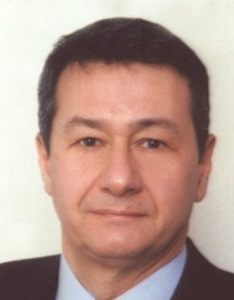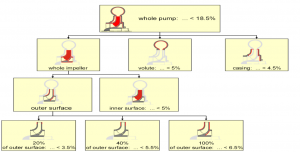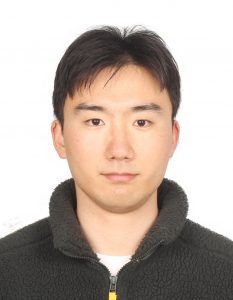Research activities
-
Experimental test on Pumps with different roughness
-
Turning, milling and painting effects on pumps characteristics
Projects
According to statistics, the energy consumption of pumps accounts for nearly 22% of the world’s energy used by electric motors; thus, pumps have huge energy consumption and considerable energy-saving potential. In the past several years, an increasing number of energy-saving strategies have been proposed, and end-users have pushed industries and researchers to concentrate on improving the pump efficiency to save energy. In the early research, developing excellent hydraulic model as the most common way to improve the pump efficiency. Now the pump efficiency has reached a relatively high condition. Energy loss in the pump depends on Reynolds number and relative surface roughness, so the pump efficiency is obviously affected by some parameters such as pump size, fluid speed, fluid viscosity and surface roughness. As a result, the surface roughness plays a more and more important role in improving the pump efficiency. The aim of the present research is a in-depth study, overlaying multiple perspectives,on the relationships between the surface roughness and the pump performance.
The effects of pump-surface-roughness on performance and cavitation will be evaluated by systematic experimental and numerical analyses. Turning, milling and painting processes will be considered and compared in terms of cost and benefit.
Tools
Facility – Pump Facility
Mesh Tools – ICEM
CFD Tools – ANSYS CFX
Post Processing Tools – ANSYS
Publications
Contacts

Prof. Giorgio Pavesi
Head of the TES Laboratories
+39-049-827-6768



